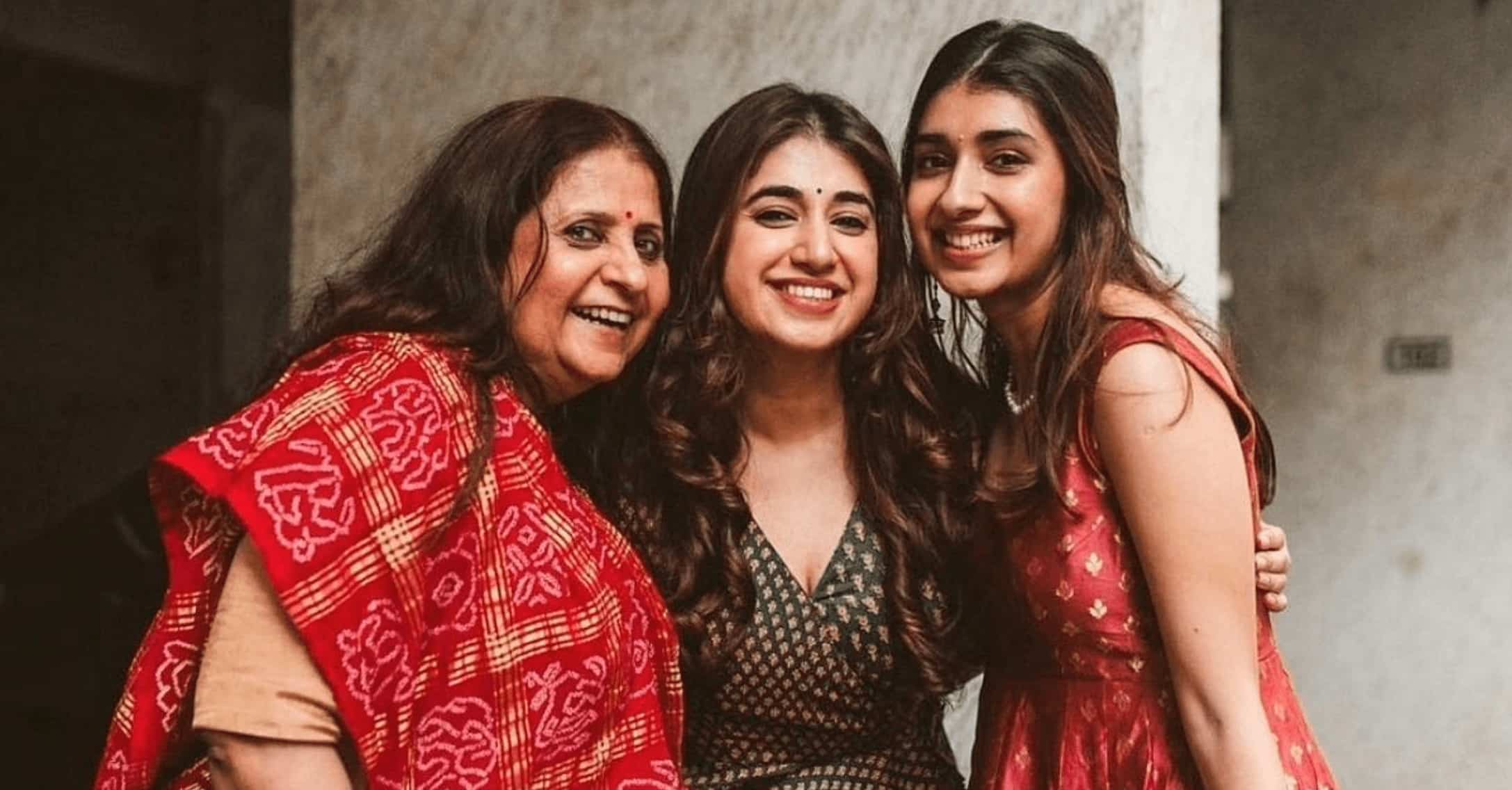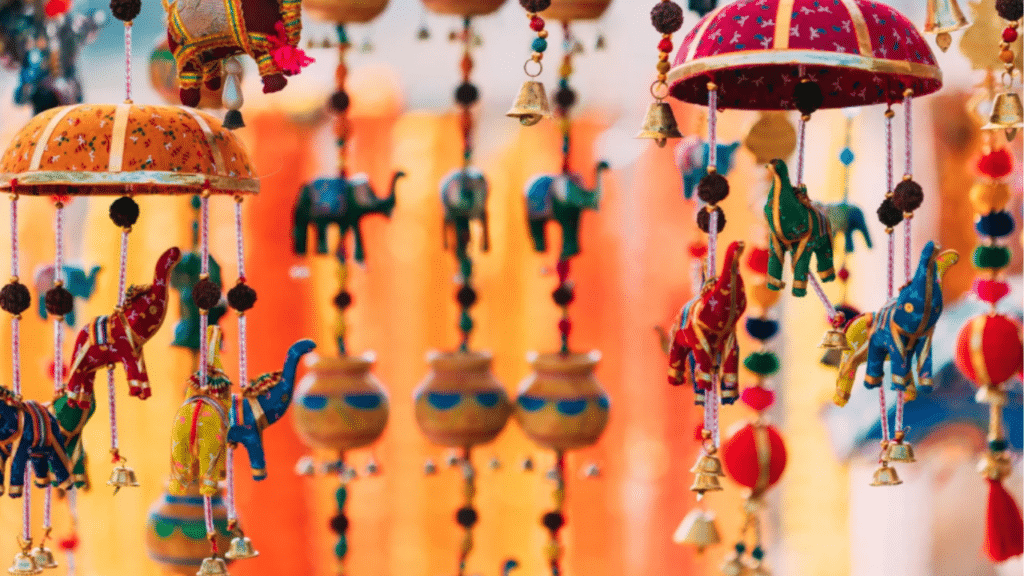Indian culture is deeply rooted in traditions that have been passed down for generations. However, in the past few decades, globalization, urbanization, and the rise of Western influences led to the fading of many indigenous practices. But now, millennials and Gen Z are rekindling their connection with Indian heritage, bringing back lost traditions in food, fashion, wellness, and art.
This revival is not just about nostalgia—it’s about embracing sustainability, supporting local artisans, and fostering a deeper connection with our roots. Let’s explore how younger generations are reviving India’s cultural legacy.
1. Traditional Arts & Handicrafts: The Return of Handmade Excellence
For years, machine-made products overshadowed India’s exquisite handloom and handicraft traditions. But millennials and Gen Z are now valuing handcrafted goods, leading to a revival of:
a) Handloom Weaves & Textiles
• Sarees like Banarasi, Chanderi, Kanjivaram, and Ikat are making a stylish comeback.
• Fashion brands and influencers are promoting khadi, organic cotton, and linen, blending sustainability with tradition.
• Young designers are modernizing traditional textiles into fusion wear, making them more appealing to the younger crowd.

b) Indigenous Art Forms
• Folk arts like Madhubani, Warli, Kalamkari, and Pattachitra are gaining traction, not just in paintings but also in home décor, sarees, and accessories.
• Many small businesses are using social media to sell handmade, eco-friendly products, empowering rural artisans.
Example: Brands like Okhai and Taneira are supporting local weavers, and many young buyers are opting for handloom over mass-produced fabrics.

2. Ayurvedic Wellness & Homemade Remedies
With rising health concerns and awareness about chemical-based products, many young Indians are revisiting Ayurvedic wisdom and home remedies passed down by their grandmothers.
a) Natural Skincare & Haircare
• The shift from chemical-based cosmetics to homemade face packs, ubtan, and Ayurvedic oils is huge.
• Brands like Forest Essentials, Rthvi, Kama Ayurveda, and Juicy Chemistry are capitalizing on this growing demand.

b) Holistic Healing Practices
• Millennials and Gen Z are choosing Ayurveda, yoga, and meditation over Western medicine for preventive health.
• Practices like oil pulling, gut cleansing (Triphala), and Ayurvedic detox are gaining mainstream popularity.
Example: The rise of brands like Kapiva and Patanjali showcases the growing preference for herbal solutions over synthetic medicines.

3. Indian Clothing Beyond Festivals: Everyday Ethnic Revival
For years, ethnic wear was reserved for weddings and festivals, but younger Indians are now embracing traditional outfits in daily life.
a) Fusion Fashion
• Kurta-jeans, saree with sneakers, and dhoti pants are blending tradition with modern comfort.
• Sustainable fashion brands are making ethnic wear chic and wearable for daily use.
b) Men’s Ethnic Revival
• Once limited to festive occasions, kurta-pajamas, Nehru jackets, and juttis are becoming a style statement for men.
• Indian block-printed shirts and linen kurtas are now everyday wardrobe choices.
Example: Bollywood and influencers like Sabyasachi, Raw Mango, and The Loom are playing a huge role in popularizing everyday ethnic wear.

4. The Return of Organic Farming & Indian Superfoods
Fast food and processed meals once dominated Indian households, but now, a shift towards traditional, locally sourced foods is emerging.
a) Millets & Forgotten Grains
• With 2023 being declared the International Year of Millets, young Indians are rediscovering ragi, bajra, and jowar.
• Brands like Slurrp Farm and Millet Amma are making millets trendy again.
b) Cold-Pressed Oils & A2 Milk
• People are ditching refined oils for cold-pressed mustard, coconut, and groundnut oils.
• A2 milk and desi ghee from indigenous cows are becoming staples again.
Example: Homemade pickles, ghee, and masalas are being sold online by home entrepreneurs, reviving India’s food heritage.

5. Social Media’s Role in Cultural Revival
One of the biggest reasons behind this cultural revival is social media. Platforms like Instagram, YouTube, and Pinterest are fueling interest in Indian traditions.
• Sustainable fashion bloggers are making handloom sarees trendy.
• Food influencers are reviving ancient recipes like grandmother’s rasam, ghee-roasted makhanas, and millet rotis.
• DIY Ayurveda channels are helping Gen Z learn about Indian skincare secrets.
Example: Pages like “Suta Bombay” (handloom sarees) and “The Indian Ethnic Co.” (handmade clothing) have built a loyal community of young buyers passionate about tradition.

Why This Revival Matters
The return of lost traditions is not just about nostalgia; it has deeper implications:
✅ Sustainability: Handcrafted products are eco-friendly and reduce waste.
✅ Supporting Artisans: Buying from local weavers and craftsmen empowers rural communities.
✅ Health Benefits: Ayurveda and organic foods promote holistic well-being.
✅ Cultural Pride: Embracing Indian traditions preserves our rich heritage.
Millennials and Gen Z are proving that traditions can evolve with time. Whether it’s draping a saree for work, cooking millet-based meals, or using Ayurvedic skincare, the cultural revival is real—and it’s here to stay!
Are you embracing any lost traditions in your life? Share your thoughts in the comments! 💬👇

